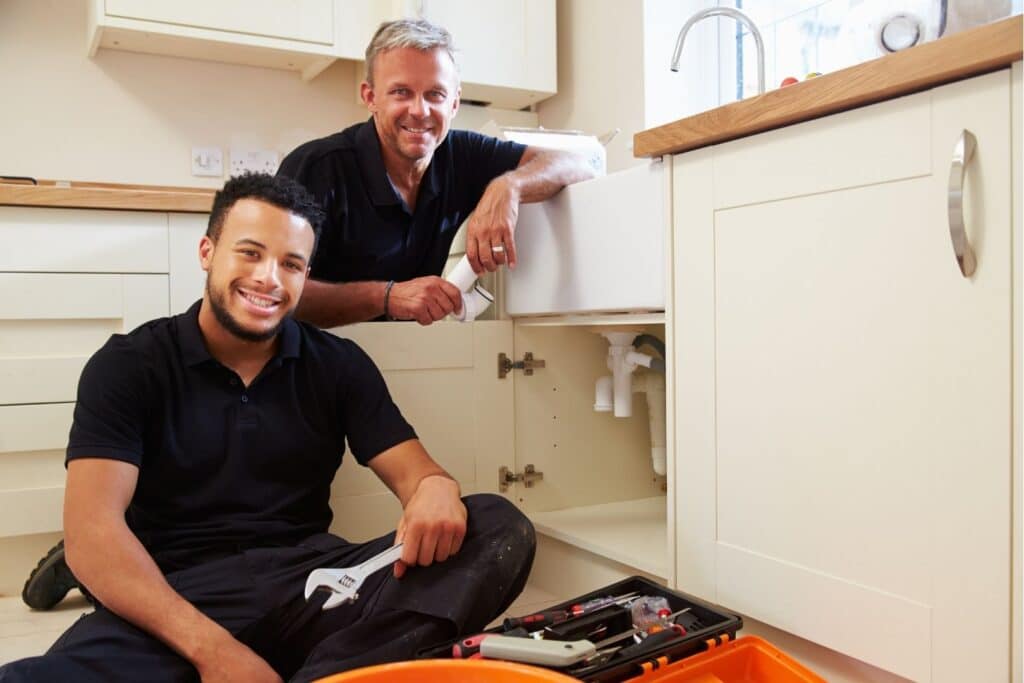
Economies are slowly starting to come back and people are also going back to the office. Despite that, a lot of companies have realized that a work-from-home setting can work well for certain jobs. As a result, a lot of employees are still staying at home and continuing to work from home.
This is one of the reasons why home services have become a great industry to be in right now. As more people stay at home, they have all the more reason to look into these home services. According to statistics, home services are poised to grow by USD 1.5 billion from 2020 to 2024.
As the industry grows, it’s smart to start investing in a website that can feature what you can do for these potential clients. But with an already saturated market, how do you stand out? This is where on-page SEO comes in.
What is On-Page SEO?
On-page SEO may also be referred to as “on-site SEO”. This is the process of optimizing the contents of a web page so that it’s easier for search engines to understand, crawl, and index your web page, thereby gaining you more clicks and shares to promote your platform.
Related Article: What is SEO / Search Engine Optimization?
Why is On-Page SEO Important?
The importance of on-page SEO is actually a snowball effect. First of all, it’s important for you to help search engines understand your content better because that’s what’s going to put you at the top of SERPs. Once your web page ranks higher, it’s easier for users to find your content and potentially become customers or clients.
On-Page SEO Elements to Optimize
We have discussed what on-page SEO is and how it can help us gain more traffic to our home services website. Let’s now discuss how we’re going to do it.
1. Content
High-quality content will always be one of the best ways to rank high in SERPs. Google prioritizes content that is authoritative and trustworthy. That’s why you must always aim to create content that embodies just that.
Your content should be helpful and well researched. No one would want to read content that isn’t true and isn’t grounded in facts. It must also be original. Google doesn’t look kindly on duplicated content.
When coming up with content, you don’t have to always promote your home services. This kind of content will become boring fast and you may not be able to maximize the traffic that your website gets.
Instead, write about things that are related to your services instead. Answer questions and create guides and tutorials. The goal is to create content that gives value to your readers because this gives you the chance to introduce your services to them.
2. Structure
When it comes to the structure of your web pages, it’s important to help search engines figure out what your title, headings, and subheadings are. This helps your algorithm understand how you’ve organized your content. It also gives search engines an easier time understanding your content in general because the information is segmented.
Don’t forget to include your keywords here and there in everything you post. It makes it easier for users to find what they’re looking for if you include keywords in headings and titles.
3. Meta Description
Meta descriptions are the short descriptions you see below the title in search engine result pages. Make sure that yours is unique and summarizes the content of your web page as well. It’s also important to keep this to only 160 characters because that’s how much people can see on search engine result pages.
4. Images
Images are a great way to show your readers what you can do as a home service provider. It helps them visualize how you work and the results you offer. Finally, it’s also a great way to lead them to your web page. According to statistics, 62% of Gen Z consumers want visual search capabilities because they can find what they want much faster.
Since it’s a great way to get more traffic to your website, make sure you optimize it too. Use only high-quality photos that your readers can appreciate.
Make sure that you optimize the name of the image by making it a description of what is in the image. Aside from that, don’t forget to include alt texts. These 2 tips help search engines understand what is in the image better.
5. Internal and External Linking
External links link outside of your website.
Internal links on the other hand are links that direct users to other parts of your website. They help search engines crawl your site more easily. It also helps your users stay on your website longer because they get directed to relevant information.
6. Mobile Optimization
As more users access the internet with their mobile phones, Google makes sure that the websites it shows users are optimized for these screens. As a result, websites that are optimized for mobile phones are favored by Google. Companies are now mainly focused on mobile-friendly site creation.
To help you learn more, check out Google’s official guide for mobile-first indexing.
7. Site Speed
Your website’s speed will affect the overall impression of your website. Users don’t like waiting when it comes to websites so if your home service website loads too long, you might lose a lot of traffic. According to statistics, there’s a 32% chance that users will leave a website if it takes over 3 seconds to load. This reduces your overall website popularity.
Aside from losing traffic, your bounce rate will also increase if users quickly exit your website upon clicking your links. A high bounce rate signals Google that your website is low quality.
Related Article: How To Improve Your Ranking and Get Your Website to the Top of Google
Final Takeaway
Starting your own home services website is already a big step on its own. To maximize this, start working on your on-page SEO so that you have more chances of appearing on top of SERPs. This will help your home services website get more traffic and ultimately, more clients.


